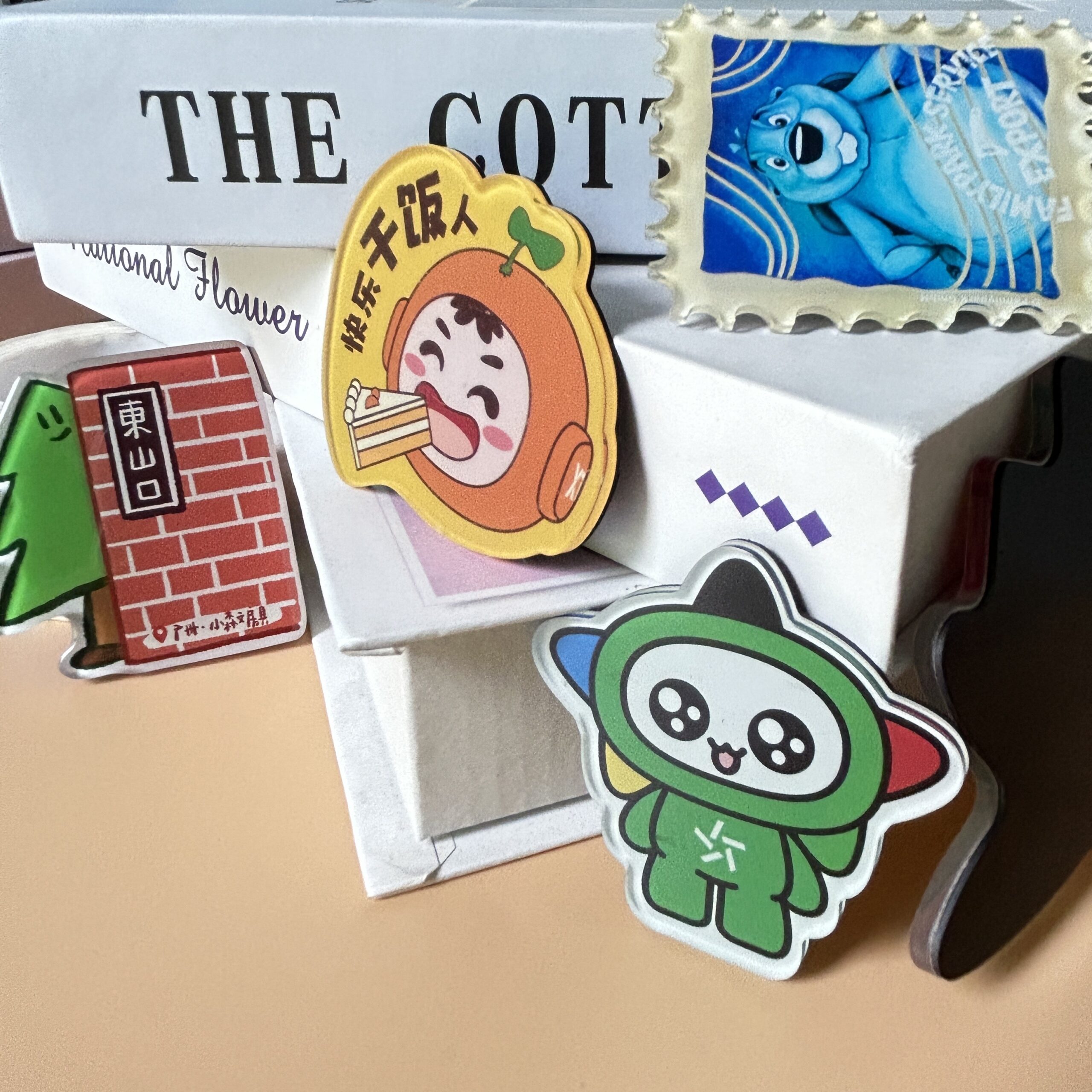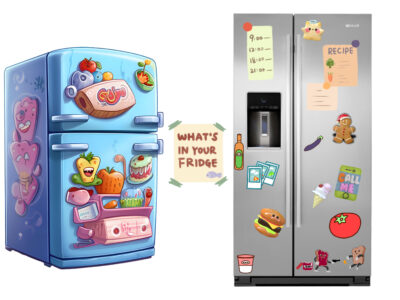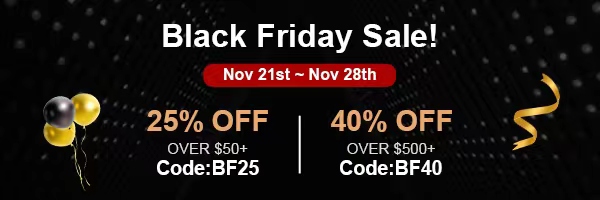
What’s Fridge Magnet

A fridge magnet, also known as a refrigerator magnet, is a small decorative or functional item that is attached to the surface of a refrigerator or other magnetic surfaces. It is typically made of a magnetic material, such as a magnetized sheet or a flexible magnetic material, which allows it to adhere to metal surfaces like the doors of refrigerators.
Fridge magnets come in different shapes, sizes and designs. They can be flat or three-dimensional, and they often feature colorful images, patterns, slogans or decorative elements. Some fridge magnets are purely decorative, displaying images of landscapes, animals, cartoons, famous landmarks, or artistic designs. In addition to practical uses, fridge magnets have also become popular souvenirs, gifts, and collectibles. They are often purchased as souvenirs from tourist destinations, or as small tokens to commemorate special events. Many people enjoy collecting unique or fun fridge magnets to create displays that reflect their personal interests and experiences.
Overall, fridge magnets are a common and versatile household item that combines functionality and aesthetics. They provide an easy and playful way to personalize your refrigerator, enhance organization, and add a touch of charm to your kitchen or any magnetic surface.

When and Who Invented the Fridge Magnet
Invented in the early 20th century. There is no specific inventor credited for the invention of fridge magnets, as several individuals contributed to the development of this simple and functional household project. So it is the result of collective development and evolution.
In the early 20th century, magnets were used for a variety of purposes, including industrial and scientific applications. In the 1920s and 1930s, as households started using refrigerators, people realized the potential of magnets for holding lightweight items on refrigerator doors. This led to the invention and popularity of fridge magnets. Originally, fridge magnets were made of ceramic or ceramic materials and had simple designs or patterns. Over time, manufacturers began to use cheaper materials such as plastic or rubber to produce magnets. Also, decorative and novelty fridge magnets with various designs, images or slogans have become popular, allowing people to personalize their fridge with a touch of style or humor.
In the 1970s, Zimmermann, an engineer and businessman, developed a flexible magnetic material called “gypsum alloy.” The material is magnetic and can be easily manipulated into different shapes. It is used to make a variety of products, including fridge magnets. Zimmermann’s invention opened up new possibilities for the manufacture of magnets, making them cheaper, more versatile, and more readily available. This has led to a proliferation of fridge magnets as a popular household item.
Since its development, fridge magnets have quickly become popular and become a ubiquitous household item all over the world. They’re functional enough to hold memos, shopping lists, and kids’ art on the fridge door, while also adding a touch of color and personality to the kitchen. Magnets in refrigerators are usually light enough to be easily moved or repositioned on the surface of the refrigerator. In addition, with the advancement of technology, modern fridge magnets can also include attached calendars, note pads, rewritable surfaces, and other practical features to meet people’s various needs. Fridge magnets are often used to keep notes, reminders, photos, artwork, or important documents in one visible and easily accessible location. They provide a convenient way to create a hub of family communication.

Hamfai is willing to add some fun to your refrigerator and decorate your cozy home. You can customize fridge magnets of various shapes and sizes, or even send a family portrait, we can make a family portrait refrigerator for you. Hamfai uses soft magnetic materials to make fridge magnets that will not damage the surface of the refrigerator under normal use. You can rest assured that I will serve you wholeheartedly.

